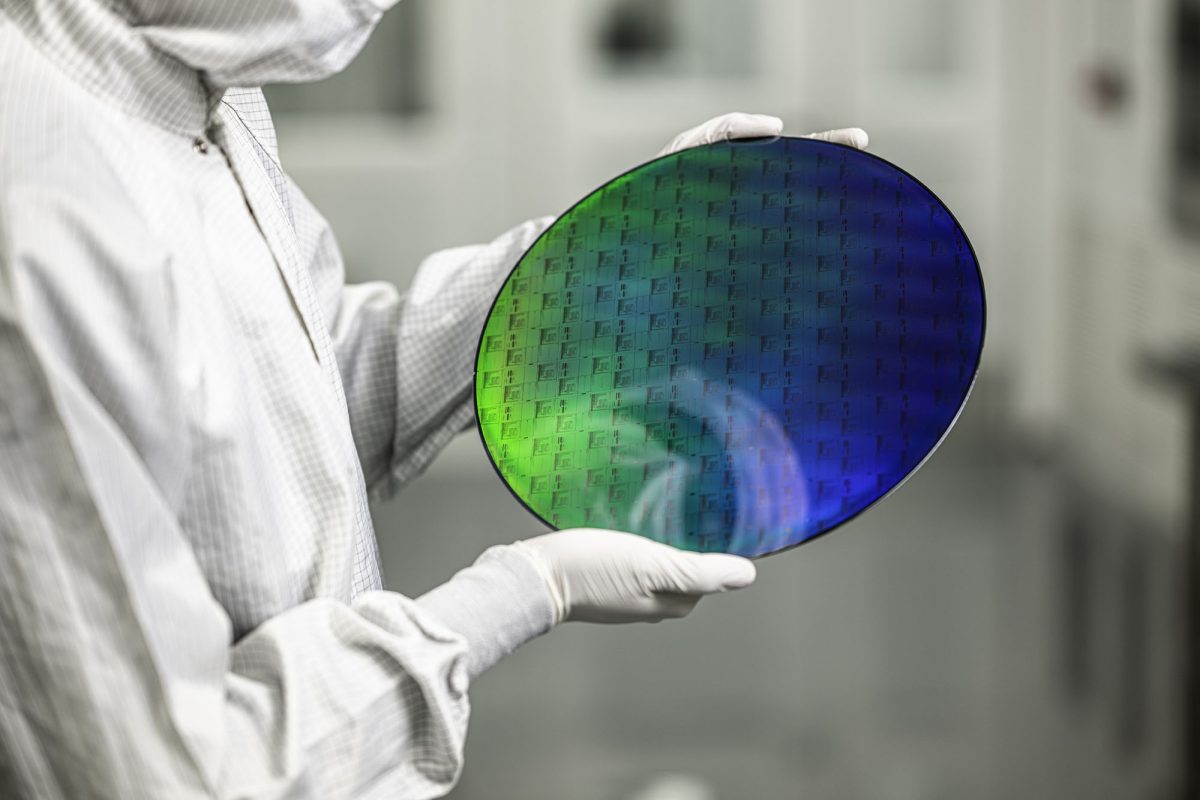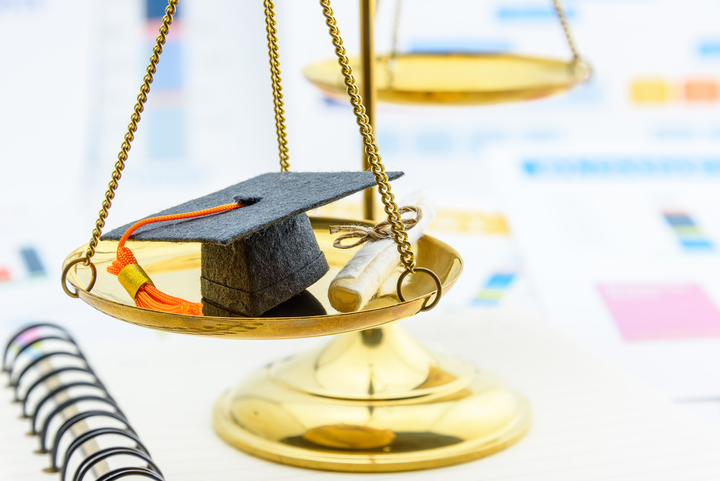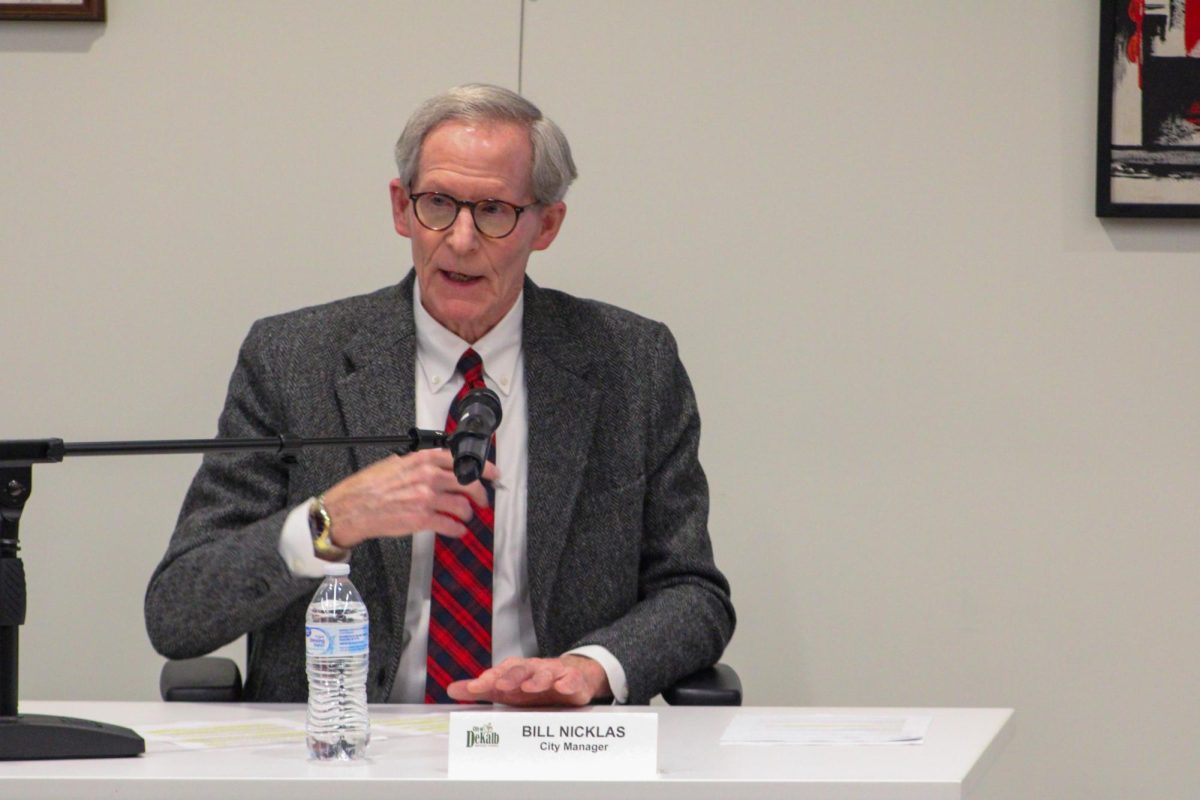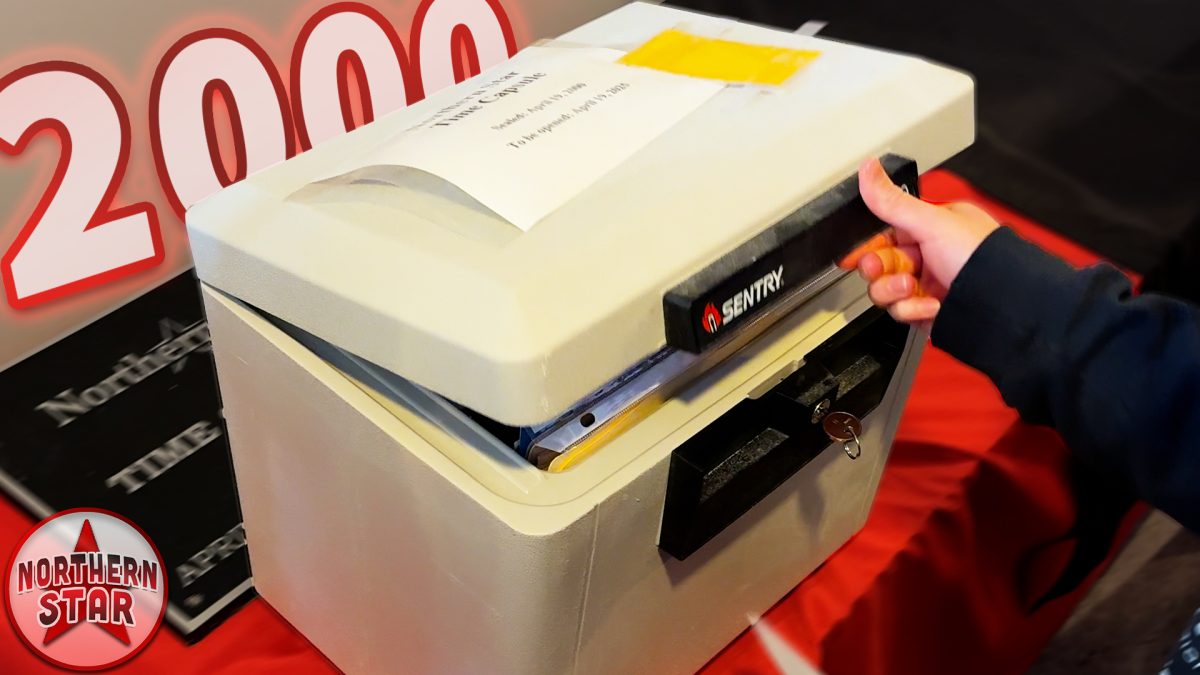DeKALB – Quantum computing could change the fundamentals of telecommunications, banking and data storage.
But what is quantum computing?
Classical computers function by using switches, called transistors, which can either give a value of one or zero. These transistors can then be combined to perform logic which can be used to make computations.
This is fundamentally different from quantum computers. Laurence Lurio is an NIU professor in the physics department and has taught two courses on the fundamentals of quantum computing.
“A quantum computer is also composed of switches, so what is the difference? The point is that a regular computer, the switch is either on or off. In a quantum computer, the switch can be both on and off simultaneously,” Lurio said.
The state of being on and off simultaneously is a property of quantum particles known as superposition. In a classical computer, if you want to check 10 values, you have to do each of the 10 computations. In a quantum computer, all the computations are done simultaneously.
“In principle, this quantum computer has now solved, in a single step, what took a regular computer, say, 20 steps,” Lurio said.
Major investments have been made in Illinois in quantum computing by public research institutions and private industries.
Illinois invested $500 million, equivalent to 37% of Illinois’ entire budget for public universities, in the Chicago Quantum Exchange on the South Side of Chicago.The Chicago Quantum Exchange is a public-private initiative to solve the most pressing engineering and implementation challenges facing quantum computing. It has attracted IBM and Google to invest for research on the direct application of quantum computing.
Quantum computers have limits primarily defined by two characteristics: First, the number of qubits, and second, the number of computations which can be made. The qubit is a particle used to encode information and used in calculations. Just as with classical computers, we can affect the value of qubits in quantum computers. Rather than using transistors which set the value to one or zero, quantum gates affect the likelihood of the observed value of the qubit to be a one or zero.
A qubit can be an electron, photon, an atom trapped in a crystalline structure or any number of other particles which can be in superposition. The more qubits in a quantum computer, the more data that can be encoded and the more inputs that can be made at once.
One way to increase the number of qubits is to utilize a particle less susceptible to interference. Photons are difficult to program according to Lurio.
“Photons are really good at not interacting with the external world,” Lurio said. The problem is that you also can’t interact with them.”
A quantum particle is in superposition as long as it does not interact with the outside world. If an outside particle such as a cosmic ray interacts with the qubit, its value collapses to either a one or a zero.
The number of calculations possible before the qubit collapses to a definite value is referred to as the quantum depth. As you increase the quantum depth, the qubit can go through more gates allowing for more complex tasks to be completed.
A balancing act must occur between these two properties. To add more qubits, the quantum computer must make use of another property: Entanglement. When two particles are entangled, the measured value of one particle affects the unmeasured value of the second. Quantum entanglement becomes more difficult as distance is increased and each entanglement uses one of the manipulations that can be used, reducing the quantum depth of the system.
According to Lurio, there are two primary ways to increase quantum depth: Reduce outside interaction or error correction.
Unintentional interference, such as light or cosmic rays, can cause the qubit to collapse to a specific value meaning the rest of the calculation will not occur properly. Effective isolation and maintaining extremely low temperatures reduce the overall probability of such an interaction occurring. By increasing shielding from the outside environment, the number of stray particles which can interact with the qubits is reduced. Most quantum computers make use of vacuum systems which reduce the number of atoms which may interact with qubits.
Error correction allows the circuit to self-correct in the event of interference. For a long time, the added complexity of error correction essentially used more quantum depth than it provided. Last year, Google was able to demonstrate an error correction method which effectively increased the quantum depth.
On the actual computation side, because of superposition you get all potential outputs; which presents a new problem.
“It’s still not obvious why it’s useful to have every single answer,” said Lurio. “This is because, if you are looking for an answer to a specific question, you now need to sort and find the answer you want.”
Lurio likens this phase to noise cancelling headphones.
“We can arrange the phases so that you don’t get all possible answers, you only get the one you want and the other ones cancel,” Lurio said.
Progress has been made in recent years, but the usefulness of quantum computing has yet to be realized.
“People have played games where you invent some special question that only a quantum computer can answer with a hundred switches,” Lurio said. “But, it’s not really a question that we care what the answer is.”
Designing these algorithms which perform useful operations has been a major challenge. One success is in the prime factorization of numbers. Factoring is something which does not scale well on classical computers.
“In particular, all of the encryption on the internet is based off the difficulty of factoring large products of prime numbers,” Lurio said.
This creates a risk which needs to be counteracted. Even though it is not clear when or if quantum computers will get to a point where they can reliably break encryption, large institutions are making investments in developing systems to mitigate this risk.
Further, the investment danger of quantum computers is real.
“There is an awful lot of misleading hype,” Lurio said. “That said, underlying all of this, there really is a remarkable potential.”
Ultimately, the commercial hope for quantum computers is for massively speeding up particular, costly, calculations.
“You have a computer that would set up everything and do the graphics and everything else. So you have a regular computer and then it would have some question that is really really hard and it would shoot it off to a quantum computer,” Lurio said.
Quantum computers present opportunities for both productivity and harm.
“We all know, computers are tools and tools can be used for good and bad. So, probably the safe assumption is the world will be whatever we make it and it’s really our responsibility,” Lurio said.














